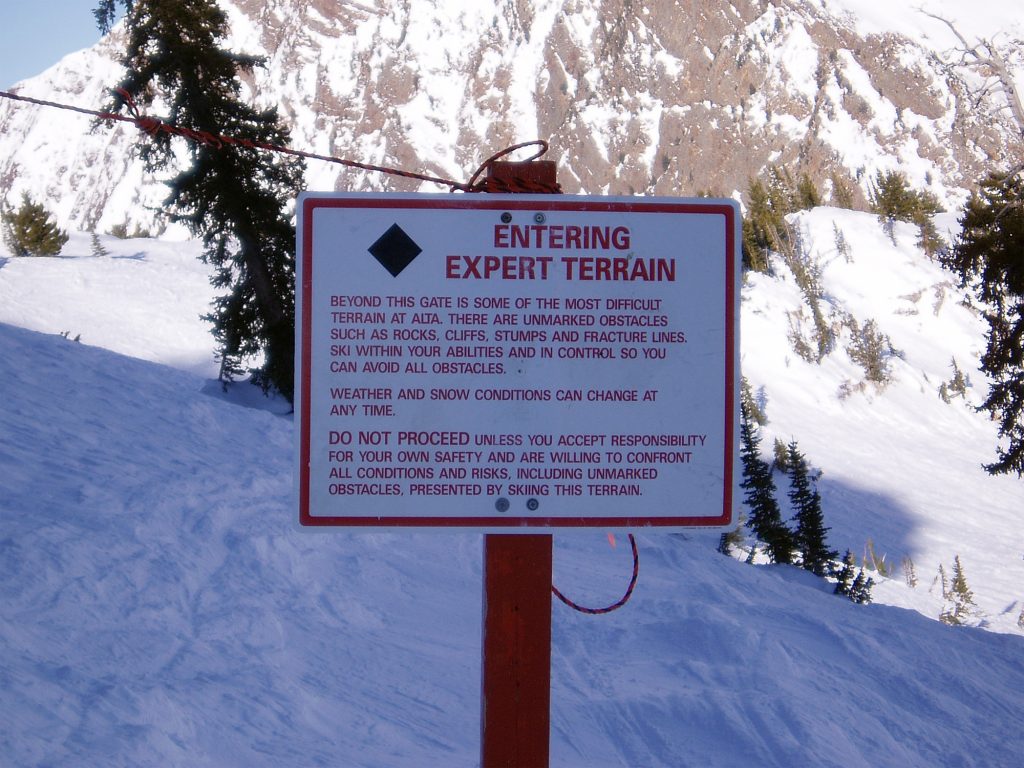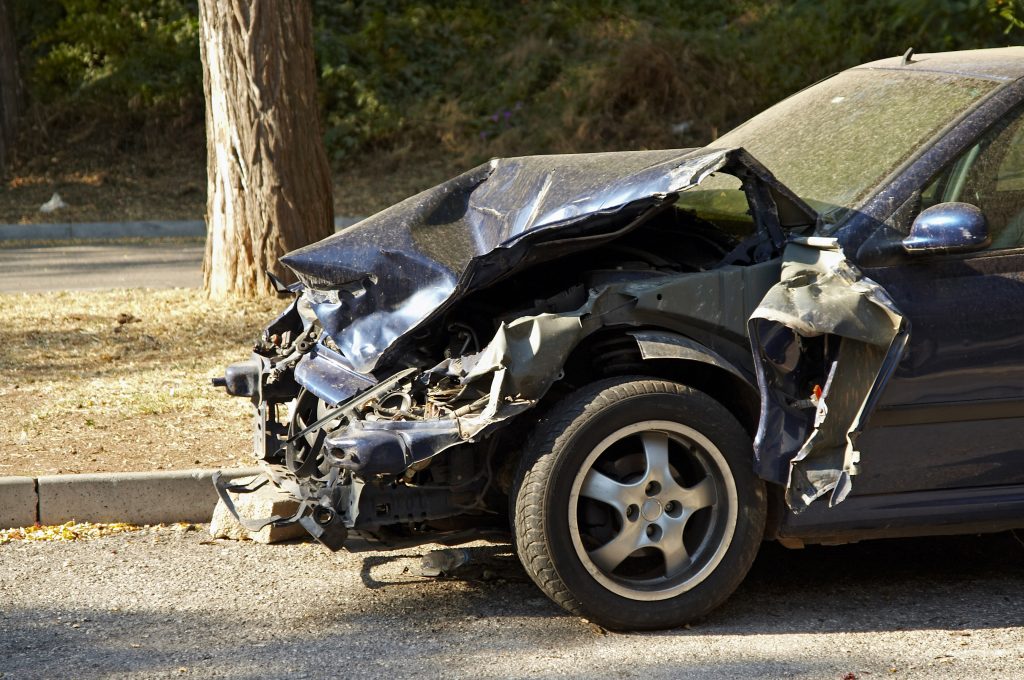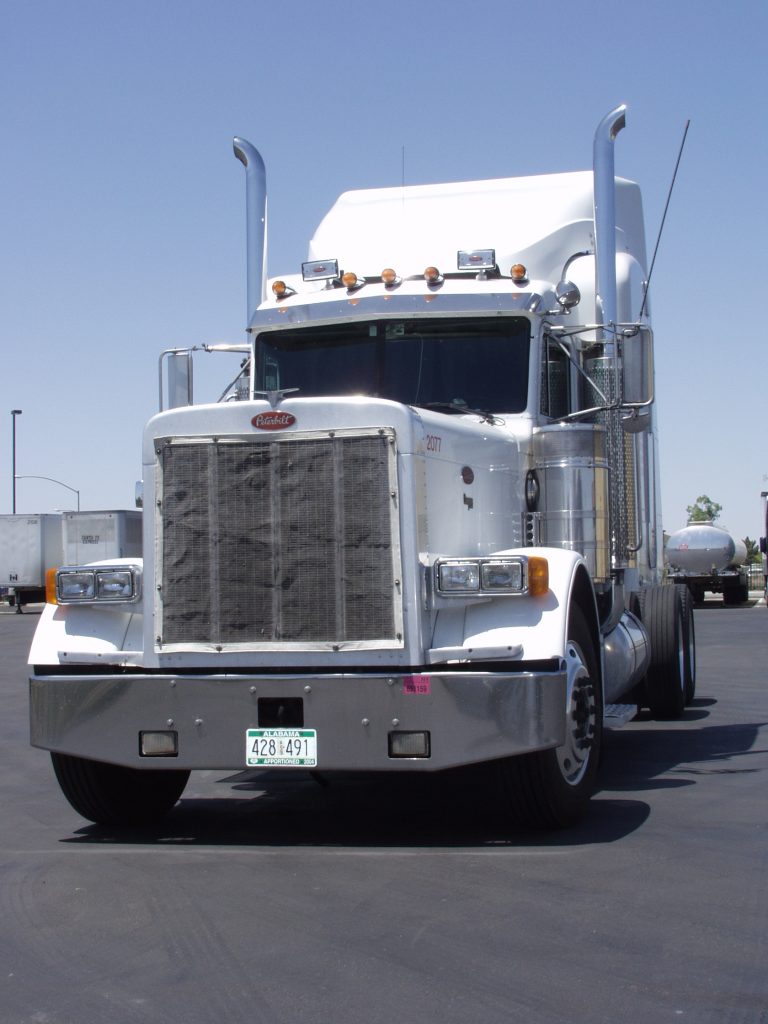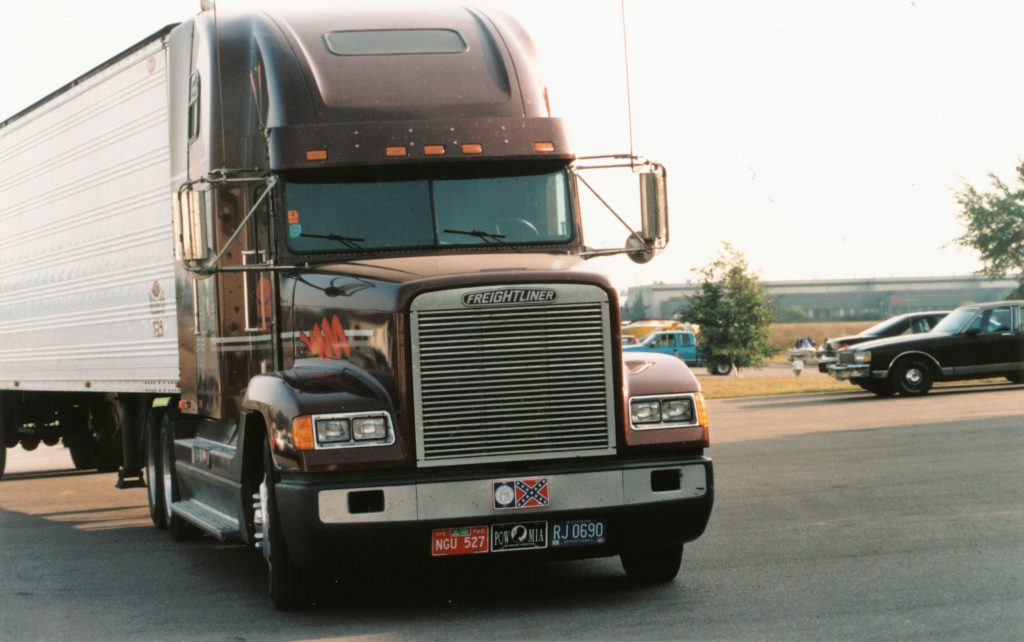 When asserting a cause of action or maintaining certain legal defenses in court, parties bear the burden of proving their case. This is done by presenting evidence to the court such as documents and witness testimony. Often, certain issues will require the court to make findings of fact which require scientific expertise or specialized knowledge. Expert witnesses assist the trial court in understanding complex issues of fact that could be determinative to the outcome of a case. A recent decision discusses how a court qualifies experts and utilizes their testimony.
When asserting a cause of action or maintaining certain legal defenses in court, parties bear the burden of proving their case. This is done by presenting evidence to the court such as documents and witness testimony. Often, certain issues will require the court to make findings of fact which require scientific expertise or specialized knowledge. Expert witnesses assist the trial court in understanding complex issues of fact that could be determinative to the outcome of a case. A recent decision discusses how a court qualifies experts and utilizes their testimony.
The dispute, in this case, arose when a utility trailer pulled by John Guidry (Mr. Guidry) crossed an electric line owned by Beauregard Electric Cooperative, Inc. (BECi). In October 2013, Mr. Guidry and his colleague, Karen Gorum (Ms. Gorum) left a property in Edgerly, Louisiana, traveling east on Houston River Road with a utility trailer in tow. According to Mr. Guidry, the truck suddenly went in the air and stopped in mid-air. After emerging from the truck, Mr. Guidry, and Ms. Gorum saw an electrical line lying in the roadway. Both Mr. Guidry and Ms. Gorum suffered various injuries in the accident.
Several lawsuits were filed. In the first lawsuit, Mr. Guidry sought damages from BECi and its insurer, Federated Rural Electric, for the injuries he sustained. BECi answered alleging that Mr. Guidry was negligent and contributed to the accident. In the second suit, Ms. Gorum alleged that BECi and Mr. Guidry were both negligent in causing the accident and the injuries she sustained. She also sued Federated. In the third suit, Mr. Guidry and his insurer, State Farm, alleged that BECi was negligent in causing the accident. State Farm sought to recover the amount it paid Mr. Guidry for his property damages pursuant to the automobile policy it issued to him. Mr. Guidry sought to recover the $250 deductible required by State Farm’s policy. BECi moved to consolidate the three cases and all three parties agreed. The three suits were consolidated and tried together.
 Louisiana Personal Injury Lawyer Blog
Louisiana Personal Injury Lawyer Blog


 You are driving down a highway in Louisiana minding your own business when all of the sudden an eighteen wheeler pulls out of nowhere. BAM, you slam into the side of it, your back aches, your car is wrecked and now you are involved in a lawsuit. Who is at fault for this unfortunate circumstance? While this might seem like a no brainer many times great car accident lawyers will argue that the driver who was just driving down the road somehow caused the accident. The following case out of Port Allen, Louisiana demonstrates how the Courts assess liability when accidents happen between cars traveling down the highway and those that are entering into the highway.
You are driving down a highway in Louisiana minding your own business when all of the sudden an eighteen wheeler pulls out of nowhere. BAM, you slam into the side of it, your back aches, your car is wrecked and now you are involved in a lawsuit. Who is at fault for this unfortunate circumstance? While this might seem like a no brainer many times great car accident lawyers will argue that the driver who was just driving down the road somehow caused the accident. The following case out of Port Allen, Louisiana demonstrates how the Courts assess liability when accidents happen between cars traveling down the highway and those that are entering into the highway. Renting a U-Haul truck can be a necessary burden when you are tasked with moving a lot of stuff from place to place. During the rental process you might be asked whether or not you want supplemental insurance policies. But who do you sue when an accident happens? In the following case out of New Orleans, Louisiana one plaintiff finds out who definitely cannot be sued when a U-Haul and Fedex truck collide.
Renting a U-Haul truck can be a necessary burden when you are tasked with moving a lot of stuff from place to place. During the rental process you might be asked whether or not you want supplemental insurance policies. But who do you sue when an accident happens? In the following case out of New Orleans, Louisiana one plaintiff finds out who definitely cannot be sued when a U-Haul and Fedex truck collide.

 When a person is injured and left in a condition where they cannot handle their legal claims, their family may act on the incapacitated person’s behalf. If a family member is handling claims on behalf of the incapacitated, it is very important for them to find a good lawyer to help navigate the legal processes. The following appeal of a lawsuit arising out of New Orleans discusses what can occur when multiple lawsuits are filed as a result of disastrous injuries caused by an eighteen wheeler.
When a person is injured and left in a condition where they cannot handle their legal claims, their family may act on the incapacitated person’s behalf. If a family member is handling claims on behalf of the incapacitated, it is very important for them to find a good lawyer to help navigate the legal processes. The following appeal of a lawsuit arising out of New Orleans discusses what can occur when multiple lawsuits are filed as a result of disastrous injuries caused by an eighteen wheeler.